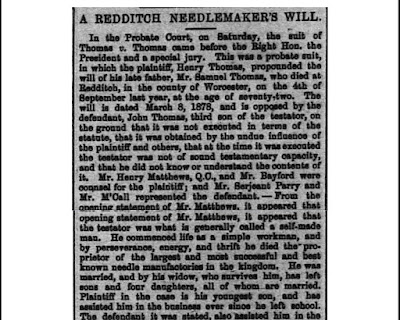The characters aren’t named in this book (trans. as The Patience Stone), and could in fact be many other people in Muslim societies such as this one, which an initial page tells us could be Afghanistan (the country from which Atiq Rahimi (born in 1962) escaped in 1984) or elsewhere.
An unnamed war is being waged, and a woman’s husband lies on a mattress in a coma after a brawl with one of his own fellow fighter who’s insulted his mother, and in which he gets shot in the neck. The shedding of blood, to men – especially those living in a phallocratic society, whether fighting or deflowering women – is a source of pride, a badge of honour.
He’s on a drip and his wife sits by his bedside reciting from the Koran, using, hah, a peacock feather as a bookmark. Or at least that’s how it starts, but the man becomes a symbol from Persian mythology, the syngué sabour, or patience stone, of the title, to whom she can tell her secrets, reveal her confessions.
The woman has been married for ten years, although the man has been fighting for so long that she has only lived with him for three years. He wasn’t even present when she married him (only his photo and kandjar (ceremonial knife)), and she only met him three years later, although he wasn’t much of a lover, didn’t even kiss her, probably because he didn’t know how to. They have two children though, and she has grown to kind of love him.
Well, they have two children but. In a phallocratic society fertility is all-important, and if you’re infertile like the woman’s aunt (with whom she and the children stay at night) then you’re thrown aside, left for people (such as the aunt’s father-in-law) to use as a sex object. But the woman isn’t infertile: the man is. So the man’s mother takes her to a pimp, and a loveless relationship with a faceless man in the dark produces two children: see, a happy family, and no one to complain.
The man’s emasculation is complete when the woman – having avoided being raped by one of the soldiers by pretending to be a prostitute – forms a sexual relationship with a sixteen-year-old boy, only she teaches him, she takes the lead.
And taken together, all these confessions to the syngué sabour make the stone explode, lead to apocalypse.
An angry tale full of symbols, such as recurring ones concerning emasculation (yes, quails really are phallic, come to think of it), full of feminist power, eminently re-readable. A triumph which won the 2008 Prix Goncourt.











































